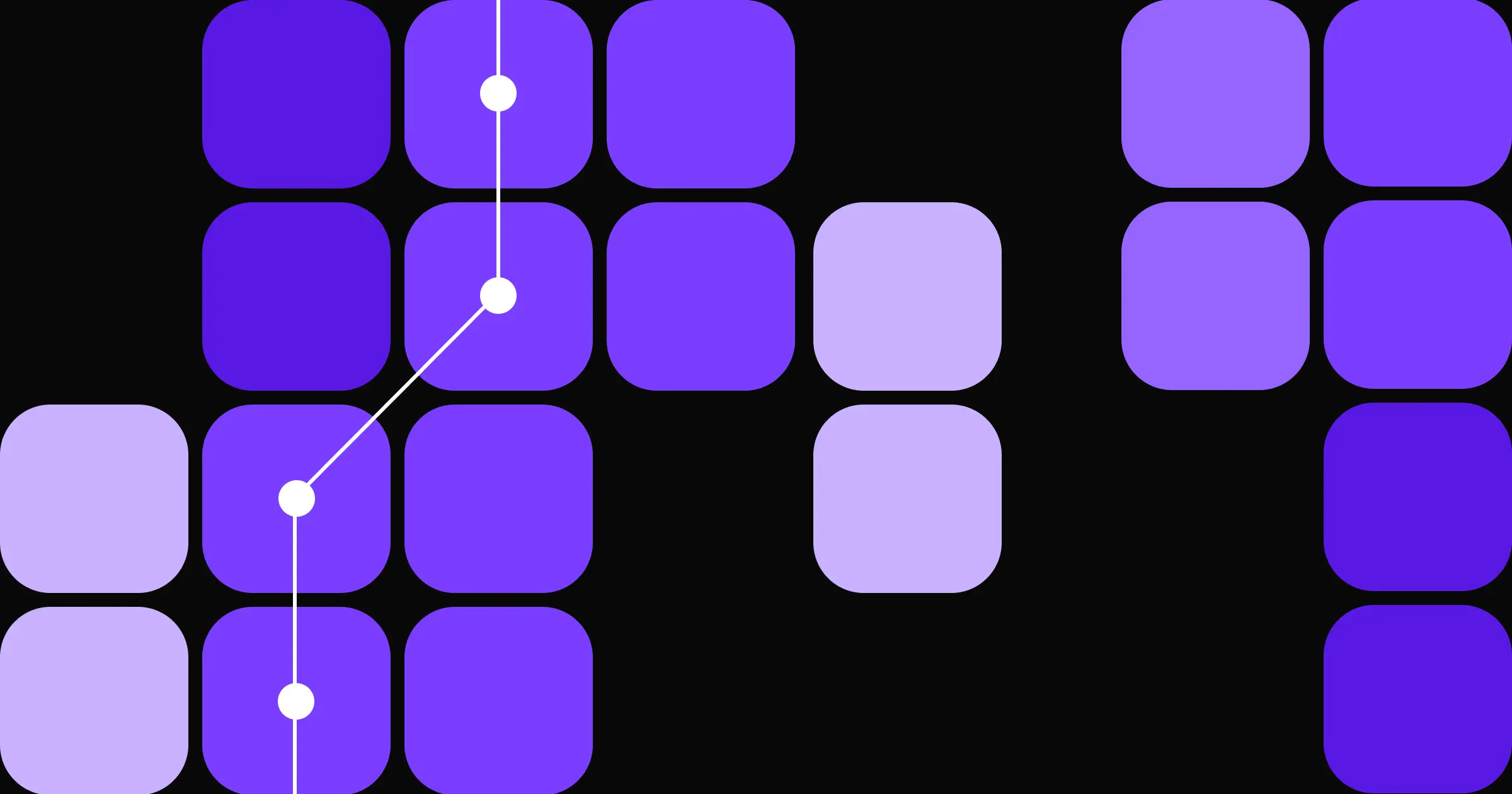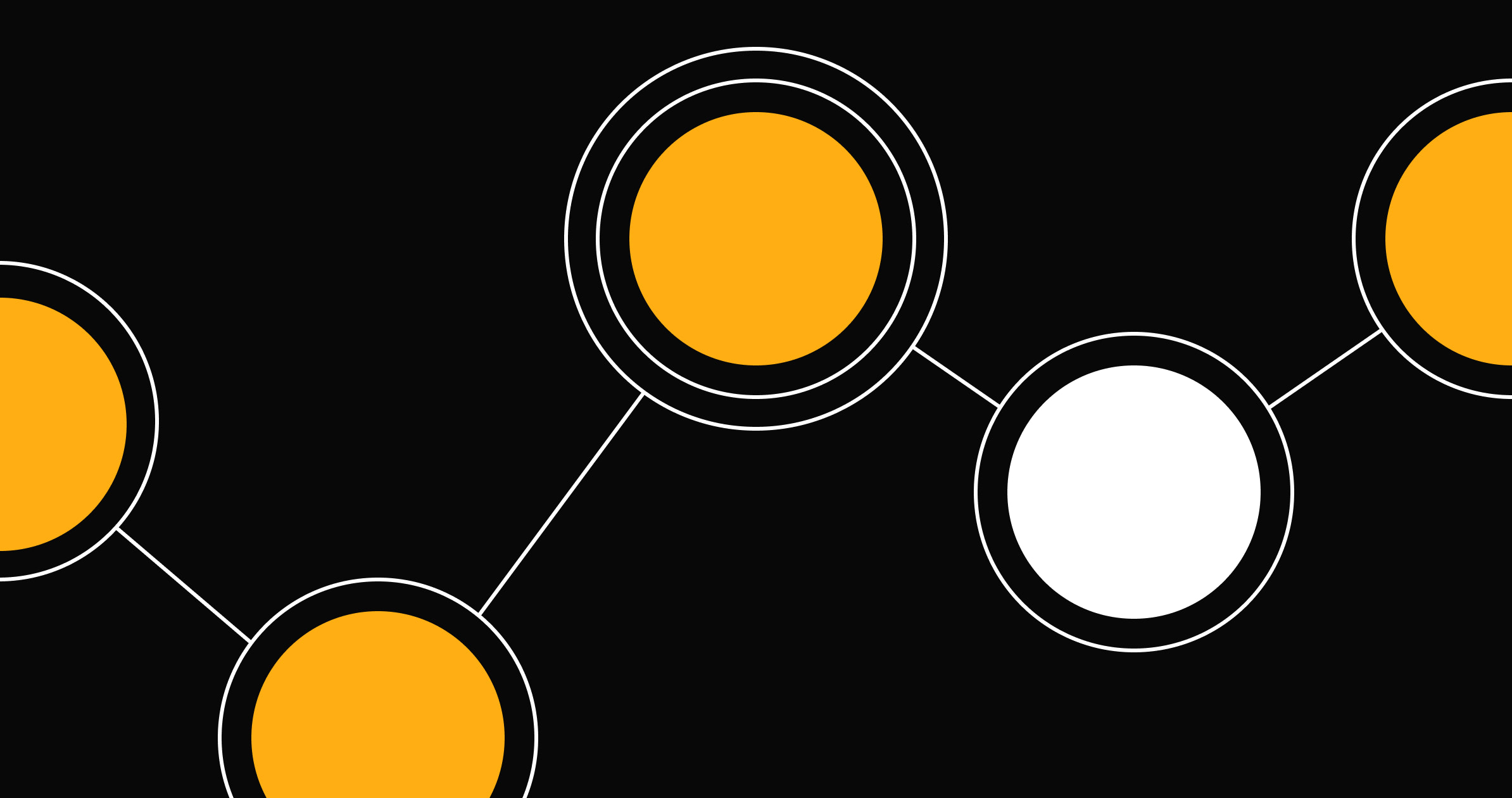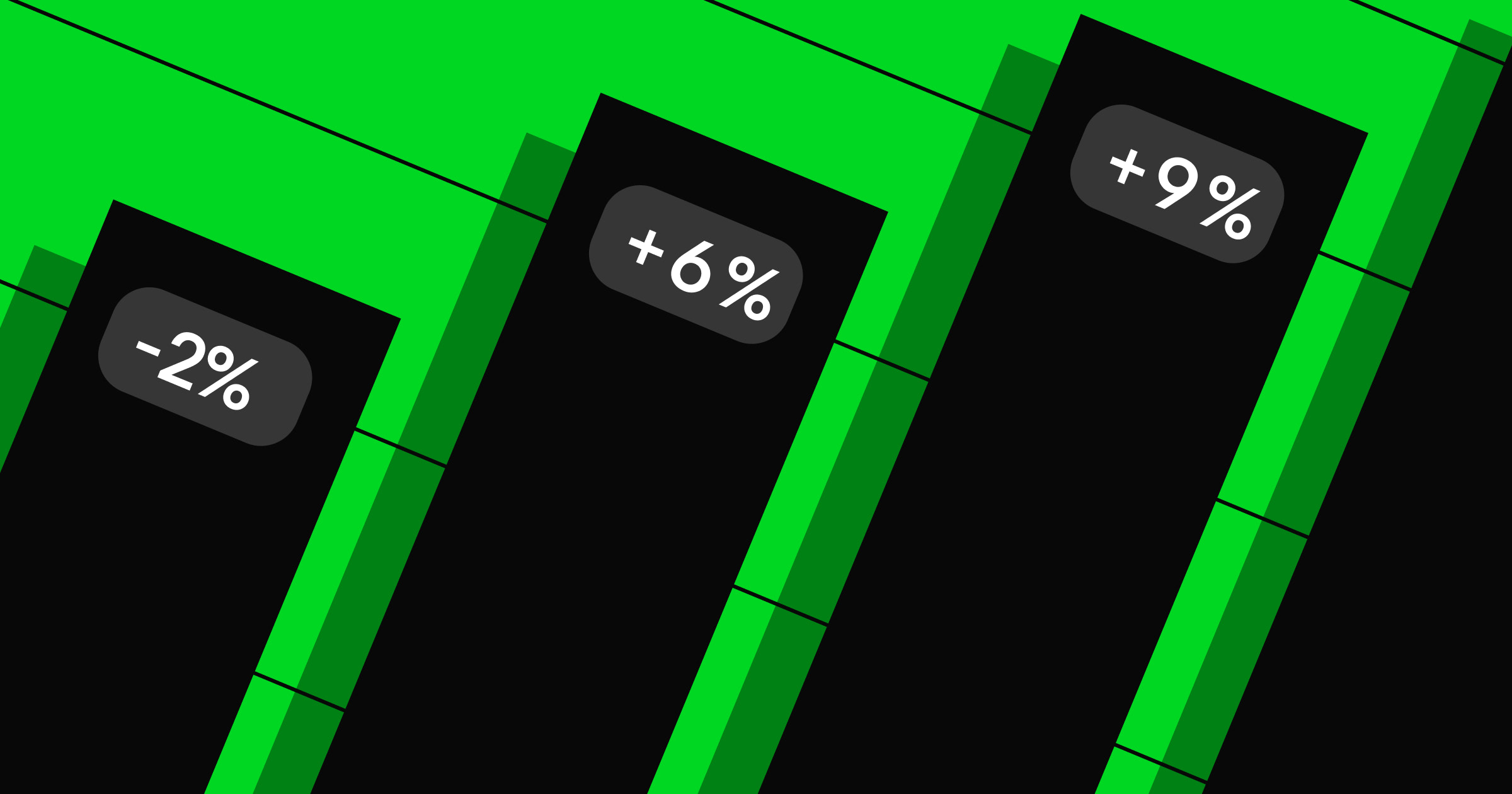In honor of the Campaigner App launching in the Webflow Marketplace — here’s our rundown of information and tips to help you get a great return from your email marketing efforts.
At its highest level, email marketing is about using a combination of text and visuals to create a connection with your audience and have them complete an action— anything from redeeming an offer, downloading your latest how-to guide, or reading your latest newsletter. Success in an email campaign, subsequently, is measured by the number of actions taken, otherwise known as conversion.
Your ability to generate conversions hinges not only on the design of the email, but also what you say. It’s important to think beyond color choices, theme, and branding and more so how the overall visuals and text come together.
But there’s much more to it — here’s our guide on what you should consider when it comes to the design of your email campaign.
First impressions happen faster than you think.
At any given time users can have 20, 50, or even hundreds of unread emails. Oftentimes, to find emails of interest, a user skims or scans through their inbox to see what catches their eye. The different intents of someone who’s skimming versus scanning however, varies:
- Skimming: To read rapidly in order to get a general overview of the material.
- Scanning: To read rapidly in order to find specific facts.
In other words skimmers are looking for something of interest and scanners are looking for something of value. Both are collecting information quickly, so the challenge is to capture each one, and get them to pause when they get to your email.
It starts with your subject line
On the surface, having a good subject line appears to be a no-brainer, but as the first touchpoint with your audience — it matters a lot, and requires thought and consideration during the creation process
Consider these stats:
- 64% of recipients decide to open or delete emails based on subject lines
- 33% of users choose to open emails because of catchy subject lines
- A subject line alone is enough to entice 47% of email recipients to open the email
- 69% of email recipients will report spam based on the email subject line
Given that email consistently ranks at or near the top in terms of ROI versus other digital channels — with $36 returned for every $1 spent — getting someone’s attention with your subject line can make a big impact on your ROI.
To get started, we’d recommend tapping into the wealth of free subject line tools available such as SubjectLine.com.
Give equal weight to images and text
Images in your email are always a good idea, but make sure they tie directly to your message. As users skim or scan an email, they'll look for things to “line up.” On a psychological level, this is due to brains needing to connect images with text in order to create meaning. When images and words work together the intended message comes through loud and clear — making it much more likely that readers will convert.
Here are some tried-and-true best practices:
- Design for a vertical layout rather than horizontal
- Use properly-sized images for optimal rendering and to ensure the email loads quickly
- Put buttons in prominent places with clear call-outs
- Be concise – too much text is overwhelming
- Use spaces, images, or dividing lines to create breaks in content
- Make your email mobile-responsive (most email providers do this by default)
Remember, brevity is your friend. If you have a lot to say, use email as a sneak peek and entice the reader to click through for more information.
Animation can be a difference maker
When used properly, animation can be incredibly effective. It catches the reader’s eye and can be used to convey a lot of information very quickly. We like using it subtly — more as a gentle guide to your CTA or intended action versus something that is loud and bold.
When using animations, avoid the temptation of using it simply for the sake of trying to catch the reader’s eye. Like images, it’s important that any animations match the context of the overall message.
For some great examples of animation in email, click here or here.
Make it personal
One of the easiest ways to capture a reader’s attention is through personalizing elements of your email. Most email service providers —including Campaigner — offer ways to help you with everything. This includes ensuring the greeting in the email includes a recipient’s first name, to using dynamic content to pull in product recommendations, to content specific to the city they live in.
Some personalization stats to consider:
- Marketers report a remarkable 760% increase in email revenue from adopting personalized and segmented campaigns
- Emails featuring personalized subjects are 50% more likely to be opened
- Personalized emails achieve an impressive open rate of 29% and an outstanding click-through rate of 41%
- 60% of consumers are inclined to become repeat buyers after enjoying a personalized shopping experience with a retailer
- 57% of marketers attribute improved visitor engagement to the implementation of email personalization
Test, learn, repeat
Though you’re probably well acquainted with your subscribers and customers — interests and buying habits can change. As a result a certain type of email style or content that once brought a large number of conversions may prove less effective over time.
This is where A/B testing is an excellent way to stay on top of how your audience’s interests may be changing over time. By testing subtle variations of the same email campaign, you can see which resonates most and use the winning version either for your current campaign or for your next one.
The good news is, most email service providers offer A/B testing as a standard feature, allowing you to test different subject lines, images, content and other elements of your email campaigns. This is one of your most effective tools in understanding how to optimize your email design (and email content) to produce the best results possible.
Emails are a powerful marketing asset — design them wisely
Most digital marketing channels are noisy, especially in the “endless scroll” world that we live in. When you get someone to stop, open and read your email, you are now in a 1:1 conversation with that person.
So, it’s absolutely vital to design your emails thoughtfully and strategically. When images and words work together in a clean, consumable design, the power of a message is undeniable.
For more insights on email marketing, be sure to check out the Campaigner blog.



















Tips and strategies from best-in-class organizations
In our ebook, learn how lean teams can overcome organizational obstacles, quantify your team’s impact, and plan and execute your marketing strategy.































